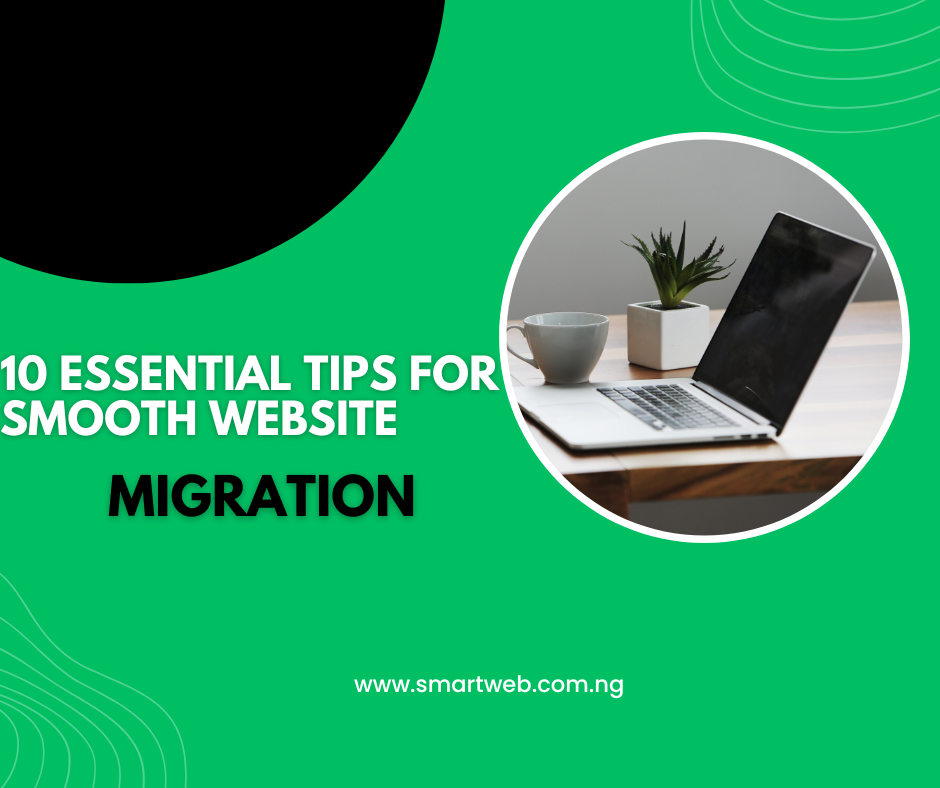
Migrating your website to a new web hosting provider can be a daunting task, but with careful planning and execution, it can also be a seamless transition that improves your website’s performance and reliability. Whether you’re switching to a better hosting package, upgrading your website’s infrastructure, or simply looking for better customer support, here are 10 essential tips to ensure a successful website migration.
- Plan Ahead: Before you start the migration process, create a detailed plan outlining each step of the migration. This includes selecting the new hosting provider, choosing the right hosting plan, and establishing a timeline for the migration process. Having a clear roadmap will help you stay organized and reduce the chances of unexpected hiccups.
- Choose the Right Hosting Provider: Research and compare different hosting providers to find the one that best meets your website’s needs. Consider factors such as server performance, scalability, security features, customer support, and budget. A reliable hosting provider can significantly impact your website’s speed, uptime, and overall user experience.
- Backup Your Website: Before initiating any migration, create a comprehensive backup of your website’s files, databases, and configurations. This ensures that you have a fallback option in case anything goes wrong during the migration process.
- Test the New Hosting Environment: Before moving your entire website, set up a test environment on the new hosting provider. This allows you to assess the performance, compatibility, and functionality of your website on the new server without affecting the live site.
- Update DNS Records Carefully: Once you’re ready to migrate, update your domain’s DNS records to point to the new hosting provider. Make sure to do this during a low-traffic period to minimize disruptions. Keep in mind that DNS changes can take up to 48 hours to propagate globally.
- Migrate Website Files and Databases: Transfer your website’s files and databases to the new hosting environment. Use secure methods such as FTP or SSH to ensure the integrity of your data during the transfer process. Double-check that all data has been successfully migrated before proceeding.
- Test Functionality and Performance: After migrating your website, thoroughly test its functionality, performance, and load times. Check for broken links, missing files, and any compatibility issues that may have arisen during the migration. Address these issues promptly to provide a seamless user experience.
- Update Software and Plugins: Ensure that all software, plugins, themes, and frameworks used by your website are up to date and compatible with the new hosting environment. Outdated software can lead to security vulnerabilities and performance issues.
- Implement Security Measures: Enhance your website’s security by implementing necessary security measures on the new hosting provider. Install an SSL certificate, configure firewalls, and enable regular backups to safeguard your website and its data.
- Monitor and Optimize: Once your website is up and running on the new hosting provider, closely monitor its performance, uptime, and security. Use monitoring tools to track metrics and identify any potential issues. Regularly optimize your website’s content, images, and scripts to maintain optimal performance.
Conclusion
Migrating your website to a new web hosting provider might seem like a complex process, but with proper planning and execution, it can be a smooth and rewarding endeavor. By following these 10 essential tips, you can minimize downtime, ensure data integrity, and provide a seamless experience for your website visitors. Remember, a successful migration can lead to improved website performance, better security, and a more satisfying user experience.
